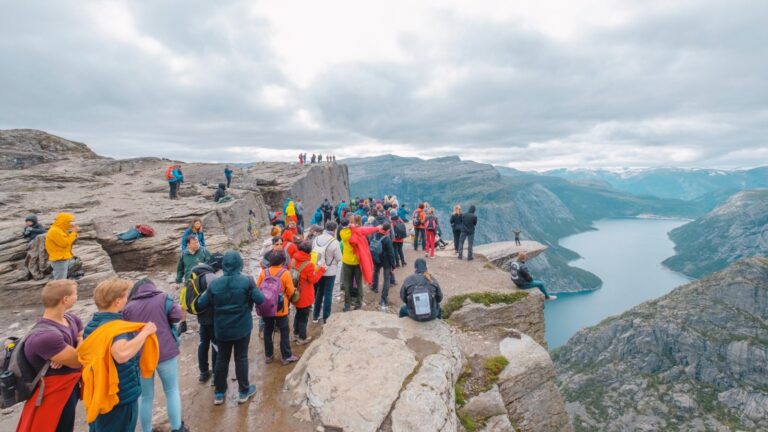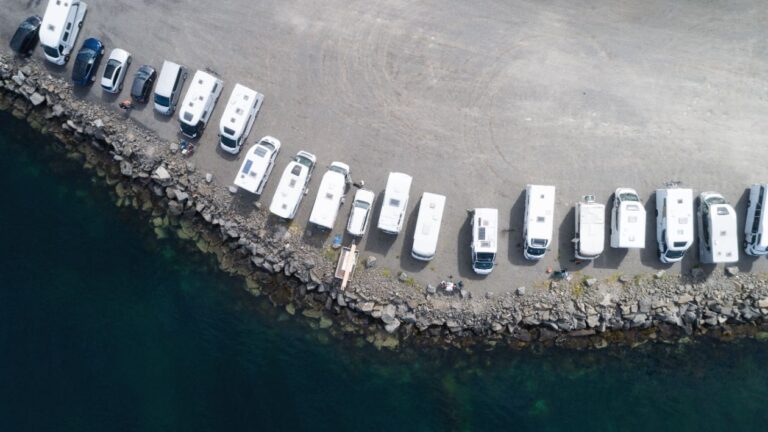Innovation Norway has decided to pause its nearly two-year effort to promote Norway as a prime destination for outdoor tourism following backlash from the industry and other local stakeholders.
The state-owned company, tasked with marketing the country internationally, had planned to highlight Norway's natural beauty and outdoor culture in a new campaign.

However, the initiative has been met with widespread concern, particularly from regions already facing heavy tourist traffic.
The campaign, which aimed to draw more international visitors to experience Norwegian friluftsliv (the outdoor lifestyle), was intended to emphasise the unique connection between Norwegians and their natural environment.
“We wanted to showcase the aspect of Norwegian culture that revolves around enjoying nature,” explained Aase Marthe Horrigmo, Director of Tourism at Innovation Norway, to NRK.
Yet, before the campaign could be fully launched, it encountered resistance, especially from Northern Norway and Western Norway—areas that are already popular with tourists.
Local tourism industries and regional authorities in these areas have expressed fears that an increase in visitors could lead to unsustainable pressures on both the environment and local economies.
Environmental and Economic Fears
Critics argue that promoting Norway as an outdoor destination on a larger scale could exacerbate existing issues such as unregulated traffic and wild camping, particularly in sensitive natural areas.
“We are skeptical about using the concept of outdoor life in an international market,” said Trond Øverås, Director of Northern Norway. “This could lead to a higher degree of unregulated traffic and camping. We already have areas where this is challenging.”
Similarly, Fjord Norway, an umbrella organisation for tourism in the West Norwegian Fjords and wider Western Norway region, voiced its concerns.

“We have asked Innovation Norway to consider putting this campaign on hold. We need to know more about how it will affect commercial tourism,” said Stein Ove Rolland, Director of Fjord Norway.
Both Øverås and Rolland emphasised that while they haven't seen the full campaign, the information provided by Innovation Norway was enough to raise alarm about potential negative consequences.
Campaign Paused for Further Review
In response to the growing opposition, Innovation Norway has decided to pause the campaign indefinitely. “We take the feedback seriously and will invite a new dialogue on how to address these concerns,” Horrigmo stated.
Although the campaign has been in development for two years, it is still in an early phase, and Horrigmo noted that the financial impact of the pause would be minimal.
The decision to suspend the campaign also comes amid broader concerns within the tourism sector about how Norway is marketed internationally.
While some regions have responded positively to the idea, the frustration from others has highlighted a divide between Innovation Norway and the industry it represents.
Pressure on Norway’s Natural Resources
The debate over the campaign has brought renewed attention to the growing strain on Norway’s natural resources caused by increasing tourism.
Regions like Lofoten and Hardanger have long reported problems due to the influx of tourists, which has led to environmental degradation and safety risks.
Earlier this year, the high number of tourists travelling in motorhomes around Norway caused problems on narrow roads and led to major queues at popular ferry crossings.
The Norwegian Trekking Association (DNT) has also expressed reservations about Innovation Norway's plans, fearing that an unchecked increase in visitors could overwhelm local ecosystems and communities.
“The consequence could be that there is too much pressure, too many people coming here,” said Dag Terje Solvang, Secretary-General of the DNT. “It could be too much traffic for nature and for those who live here. Then it will no longer be a positive thing to receive visitors.”
Despite these concerns, Horrigmo remains hopeful that the campaign can be revived in the future, with adjustments that address the feedback received.
One of the original goals was to educate international visitors on how to enjoy Norway’s natural wonders in a safe and sustainable manner—a message that may still find a place in the country’s tourism strategy, albeit at a later date.

